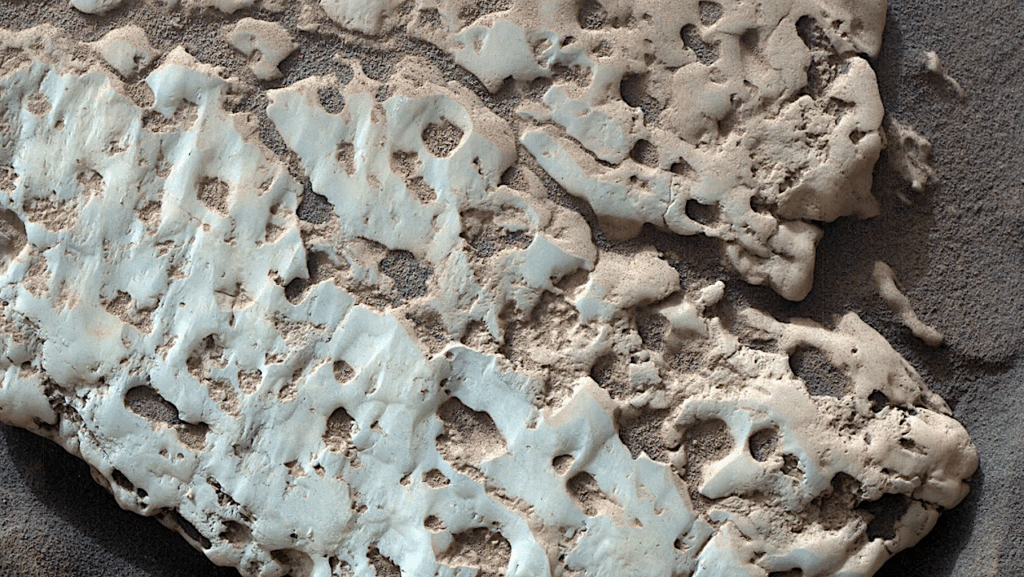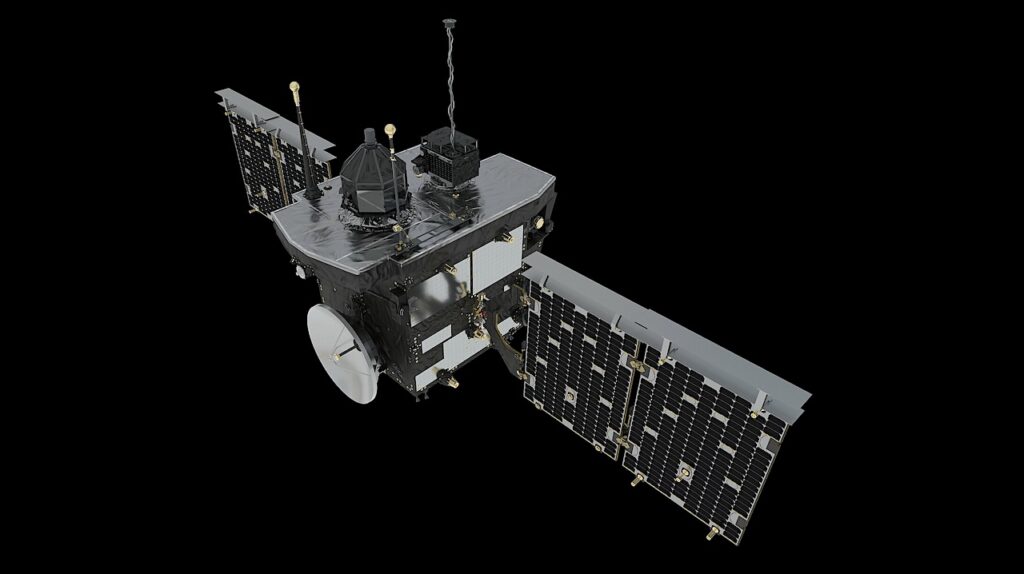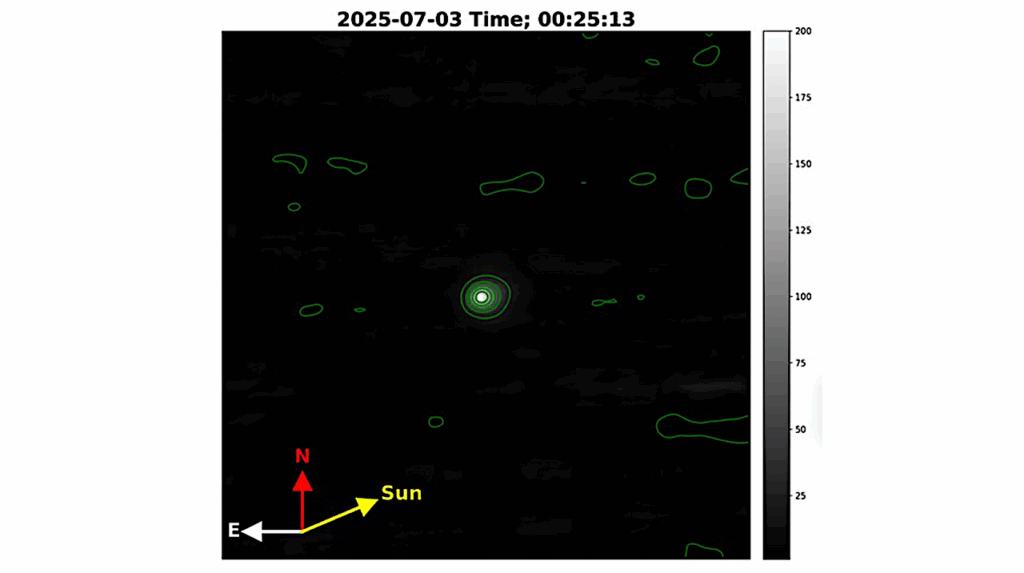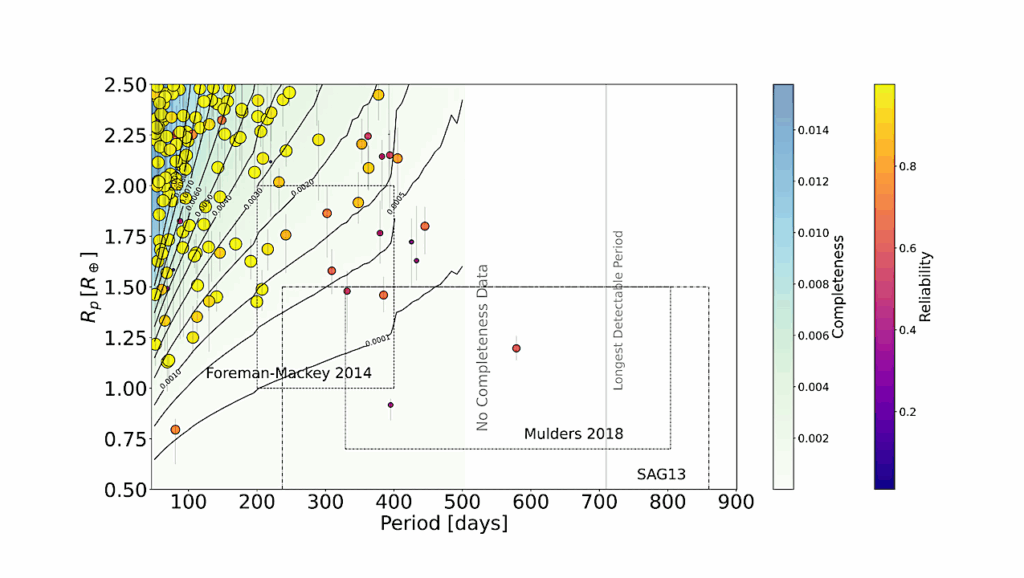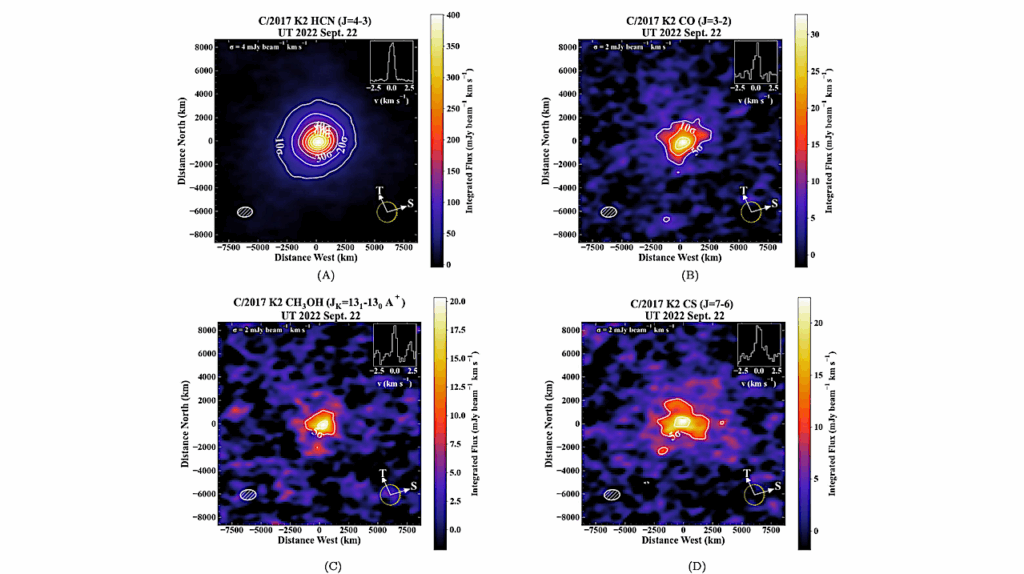How Land-Mass Distribution Influences the Atmospheric Dynamics of Tidally Locked Terrestrial Exoplanets
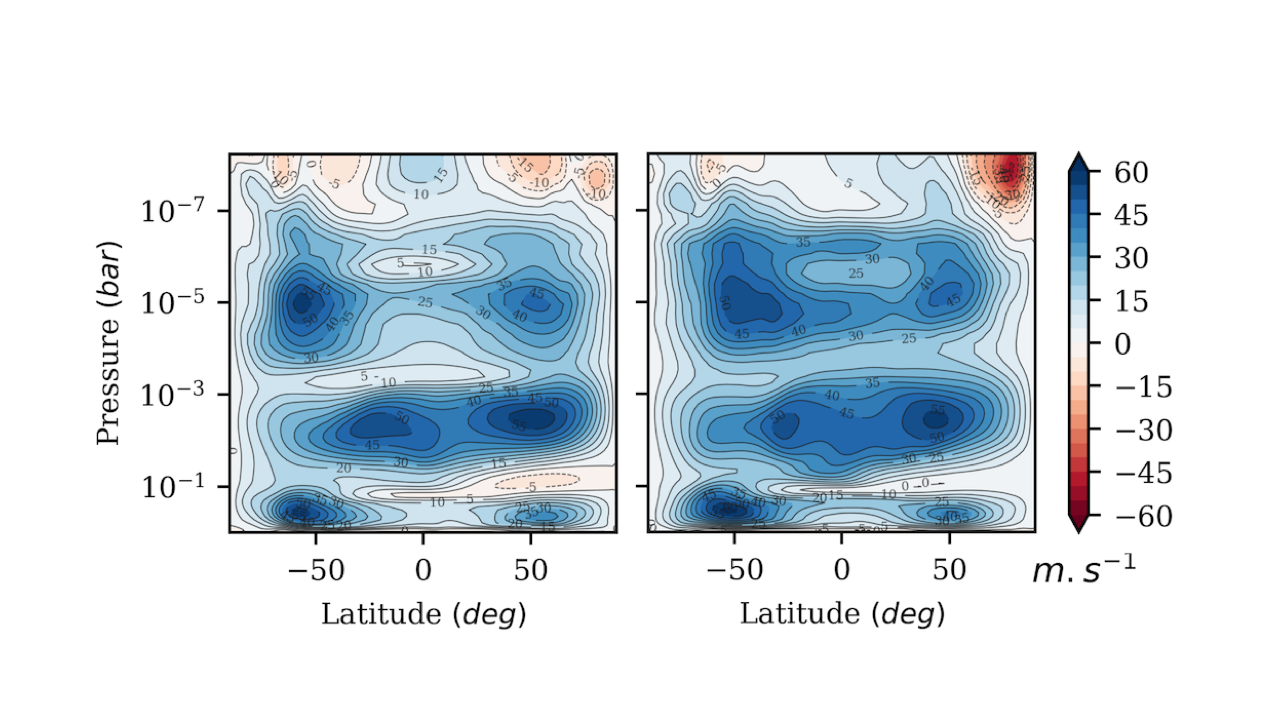
Interpretation of the ongoing efforts to simulate the atmospheres of potentially-habitable terrestrial exoplanets requires that we understand the underlying dynamics and chemistry of such objects to a much greater degree than 1D or even simple 3D models enable.
Here, for the tidally-locked habitable-zone planet TRAPPIST-1e, we explore one effect which can shape the dynamics and chemistry of terrestrial planets: the inclusion of an Earth-like land-ocean distribution with orography. To do this we use the Earth-system model WACCM6/CESM2 to run a pair of TRAPPIST-1e models with N2-O2 atmospheres and with the sub-stellar point fixed over either land or ocean.
The presence of orography shapes atmospheric transport, and in the case of Earth-like orography, breaks the symmetry between the northern and southern hemispheres which was previously found in slab ocean models. For example, peak zonal jet speeds in the southern hemisphere are 50→100% faster than similar jets in the northern hemisphere. This also affects the meridional circulation, transporting equatorial material towards the south-pole.
As a result we also find significant changes in the atmospheric chemistry, including the accumulation of potentially lethal quantities of ozone at both the south pole and the surface. Future studies which investigate the effects of land-mass distribution on the dynamics of exoplanetary atmospheres should pay close attention to both the day-side land-fraction as well as the orography of the land. Simply modelling a flat land-mass will not give a complete picture of its dynamical impact.
F. Sainsbury Martinez, C. Walsh, G. J. Cooke, D. R. Marsh
Comments: Submitted to ApJ
Subjects: Earth and Planetary Astrophysics (astro-ph.EP)
Cite as: arXiv:2407.01480 [astro-ph.EP] (or arXiv:2407.01480v1 [astro-ph.EP] for this version)
https://doi.org/10.48550/arXiv.2407.01480
Focus to learn more
Submission history
From: Felix Sainsbury-Martinez
[v1] Mon, 1 Jul 2024 17:10:06 UTC (46,023 KB)
https://arxiv.org/abs/2407.01480
Astrobiology


